Content
- 1 Advantages of using invert syrup in beekeeping
- 2 What is the difference between invert syrup for bees and sugar syrup?
- 3 How to make invert syrup for bees
- 4 How to Invert Sugar Syrup for Bees
- 5 How to make invert syrup for bees with added honey
- 6 Inverted sugar syrup for bees with citric acid
- 7 How to prepare invert syrup for bees with the addition of invertase
- 8 How to make invert syrup for bees with added lactic acid
- 9 Rules for feeding bees with invert syrup
- 10 Conclusion
Inverted Sugar Syrup for Bees is a high carbohydrate artificial nutritional supplement. The nutritional value of such food is second only to natural honey. Insects are fed with inverted sugar syrup mainly in the spring months - the introduction of such feeding into the diet stimulates oviposition in the queen bee. In the fall, eating it helps bee colonies better prepare for winter.
Advantages of using invert syrup in beekeeping
In their natural habitat, natural honey serves as a source of carbohydrates for bees. It is rich in various nutrients:
- organic acids;
- amino acids, glucose;
- fructose;
- minerals.
The product is able to provide the bee colony with sufficient energy and helps insects survive the winter. If there is no honey or there is not enough honey to feed the swarm, it may die.
Lack of honey most often causes a lack of honey plants, but sometimes a deficiency is caused artificially by sampling honey by the beekeeper. In this case, for the normal functioning of the family, it is necessary to provide the insects with another source of food. To do this, various fertilizers and artificial nectar substitutes are introduced into the diet of bees in the apiary, which the insects subsequently process into honey. In particular, sugar inversion is widely used to feed bees.
The following advantages of this method of feeding bee colonies can be highlighted:
- the chemical composition of such feeding is as close as possible to natural honey, so that replacing a natural product does not cause disruption of the digestive processes of bees;
- in the process of processing the mixture, there is no wear and tear on the working individuals, which often leads to their rapid death;
- after wintering, bees fed in the fall live much longer than their relatives who ate ordinary sugar syrup;
- the product is widely used to strengthen weakened bee colonies and their further development;
- invert sugar syrup is the best replacement for low-quality honeydew honey, which is produced at the end of summer due to a decrease in honey yield;
- unlike many other types of feeding, sugar invert retains its beneficial properties for a long time, which is why you can prepare large portions of the product at once, gradually consuming the material later;
- Honey obtained from invert is not subject to crystallization, and therefore is always suitable for consumption by insects - bee colonies winter well on this type of food.
What is the difference between invert syrup for bees and sugar syrup?
The process of preparing invert syrup for feeding bees involves inverting sugar. This product differs from ordinary sugar syrup in that the sucrose in it is broken down to the level of glucose and fructose. This is why food acids (lactic, citric), honey or industrial invertase are added to the sugar mass.
It is generally accepted that such carbohydrate feeding has an extremely beneficial effect on the life of a bee swarm. This is explained by the fact that insects spend less effort on digesting the product - sugar invert is absorbed quite quickly. Moreover, eating ordinary sugar syrup causes premature depletion of the enzyme system in bees. This leads to a rapid decrease in the volume of the fatty body of insects and their rapid death.
When sugar invert with various food additives is introduced into the diet of a bee colony, insects live longer and have better resistance to many diseases.
How to make invert syrup for bees
Invert syrup for bees is made in different ways: with the addition of honey, industrial invertase, lactic and citric acid, etc. In this case, the raw materials used to prepare the fertilizer must meet certain characteristics:
- Sugar for preparing inverted honey is used according to GOST.Yellow or brown sugar (raw) is not suitable, nor is powdered sugar. In this case, small grains of sugar will not be able to sink to the bottom and will ultimately become centers of crystallization of the invert, that is, the product will be more susceptible to sugaring.
- All fertilizer additives must be of high quality.
- Honey used as an additive to the product must be collected no more than a year before the preparation is made.
- Honey that has been exposed to high temperatures in the past should not be used.
- In the same way, honey, which contains foreign impurities, is unsuitable for preparing inverted fertilizing.
- It is especially important to observe the proportions of the ingredients used when preparing sugar invert for bees. Insects do not respond well to feeding with too thick honey, since in this case they spend a large amount of additional moisture to break down the product to a more diluted consistency. On the other hand, honey that is too thin is also unsuitable for feeding bee colonies. The fact is that such food is more difficult for insects to digest; its assimilation requires a lot of time, which greatly weakens the swarm. In some cases, the bee colony may even die.
- Invert honey should not contain any infectious agents, that is, it must be sterile.
Depending on what substance is used to prepare the invert syrup for the bee colony, the final product can vary greatly in its usefulness for insects. The most popular additives for invert are:
- Food acids. This is a classic option. Citric, acetic or lactic acid is added to sugar syrup.This food is cheap, accessible and easy to prepare, however, its nutritional value is significantly lower than that of sugar invert created on the basis of industrial invertase or honey.
- Honey-sugar invert is healthier than fertilizing with added acids due to the high content of natural invertase in honey, which insects add to nectar. In addition to carbohydrates, this food also contains amino acids, vitamins and mineral components.
- Sugar syrup, inverted using industrial invertase, is considered the highest quality option for feeding bee colonies, which is second only to natural honey in its usefulness. The product is distinguished among other types of food by its high content of nutrients and a deeper level of breakdown of all its components.
How to Invert Sugar Syrup for Bees
The proportion of the solution is of great importance in the inversion process. Inverted sugar syrup for bees can be prepared with the following percentages of ingredients:
- 40% (sugar to water ratio 1:1.5) – this feeding is suitable for stimulating egg laying of the uterus;
- 50% (1:1) – invert with this concentration is used in the summer months in the complete absence of bribes;
- 60% (1.5:1) – the product is poured into feeders in the fall to better prepare the bee swarm for wintering;
- 70% (2:1) – fertilizing is introduced in exceptional cases in winter.
Regardless of what substance is used as an additive to invert sugar, the method of its preparation remains virtually unchanged. Soft drinking water is brought to a boil and the required amount of raw materials is added to it. Then the solution is stirred until the sugar grains are completely dissolved.
How to make invert syrup for bees with added honey
Honey is one of the most common food additives used when making your own invert syrup for bees. With the addition of honey, the syrup is inverted according to the following scheme:
- 7 kg of sugar is poured into 2 liters of water.
- Then the thoroughly stirred mixture is diluted with 750 g of honey and 2.4 g of acetic acid.
- Next, the solution is kept at a temperature not lower than 35°C for 7 days. All this time the product is stirred 2-3 times a day.
- When the foam subsides and the amount of crystallized sugar is reduced to a minimum, the invert can be poured into containers.
Inverted sugar syrup for bees with citric acid
This recipe for invert syrup for bees is quite popular:
- 7 kg of sugar is poured into 6 liters of hot water.
- The resulting mixture is thoroughly stirred and 14 g of citric acid is added to it.
- After this, the solution is kept for 80 minutes in a water bath.
How to prepare invert syrup for bees with the addition of invertase
The recipe for invert syrup for feeding bees based on invertase is as follows:
- 7 g of invertase is mixed with 7 kg of sugar.
- 750 g of honey is diluted with 2 liters of soft drinking water.
- All ingredients are thoroughly mixed and 2.5 g of acetic acid is added to the resulting mixture.
- The sweet mass is infused for a week at a temperature of 35°C. It is important to stir the mixture periodically, at least 2 times a day.
- When there are no sugar grains left at the bottom of the container and the amount of foam has decreased significantly, this means that the inversion process is coming to an end.
How to make invert syrup for bees with added lactic acid
With the addition of lactic acid, sugar for bees is inverted according to the following scheme:
- 5 kg of sugar is poured into an enamel pan with 2.8 liters of water.
- Add 2 g of lactic acid to the solution.
- The resulting mixture is boiled to a boil, then kept on low heat for another half hour. In this case, the mixture must be stirred from time to time to avoid thickening of the sugar mass.
After the feeding is ready, it is slightly cooled and poured into feeders in the apiary.
Rules for feeding bees with invert syrup
After preparing inverted sugar syrup for bees, you need to take care of the correct supply of carbohydrate feeding. The product is introduced into the diet of bees according to the following rules:
- If it is planned to introduce feeding into the apiary in large portions, for the first time it is poured in an amount of 0.5-1 liters per bee colony.
- Some bee colonies respond poorly to such feeding - they slowly absorb the product, as a result of which it stagnates and deteriorates. This means the portions are too large. To avoid spoilage of the product, portions are reduced.
- In order to increase resistance to disease, it is recommended not to overload the nests of bee houses with food supplies. It is better to feed the insects in the spring - place frames, etc.
- The bee swarm eats the cooled inverted syrup reluctantly. Recommended product temperature is 40°C.
- To prevent bee theft, feed is poured in the evening hours.
- In the fall, the mixture is placed in special feeders, in the spring - in plastic bags, which are sealed and placed in the hive on frames. In this case, it is necessary to make 3-4 holes with a diameter of 0.3 mm in them. The bees will feed through the holes for several days.
Conclusion
Inverted sugar syrup for bees can be difficult to prepare - it is necessary to strictly observe all proportions, select high-quality raw materials, and also ensure that the temperature of the product during cooking does not exceed established standards. In addition, preparing sugar inverted fertilizer requires a lot of time - the process can take several days. On the other hand, the efforts spent on producing such food pay off in full - such nutrition only benefits the bees.
You can learn more about how to prepare invert sugar syrup at home from the video below:
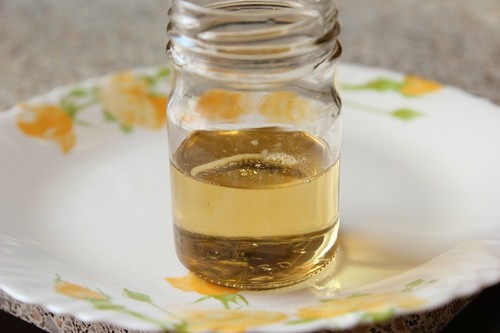
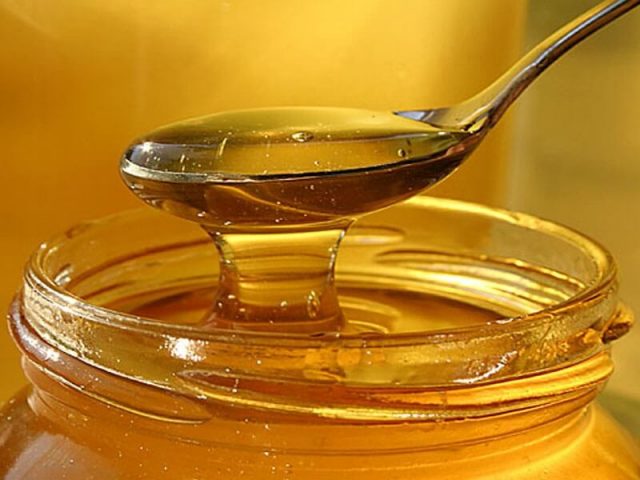
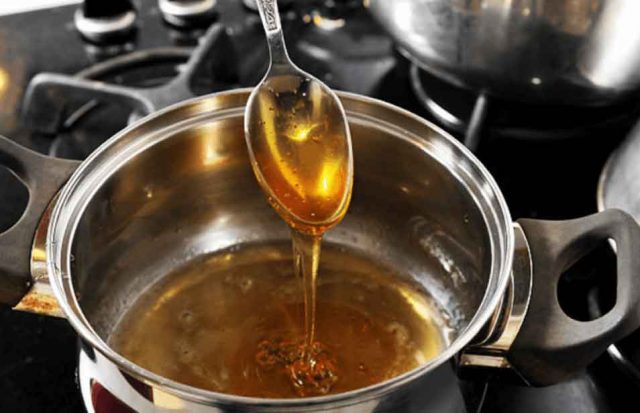
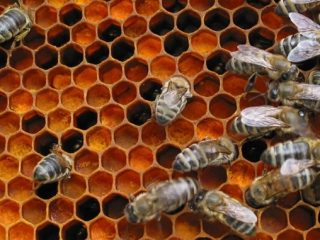
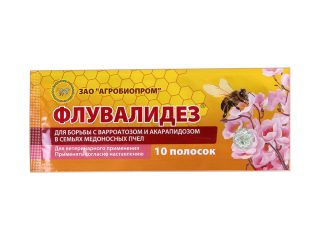
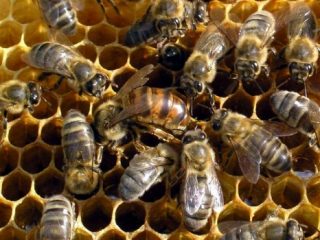
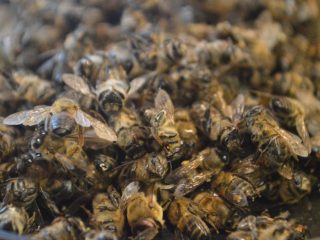
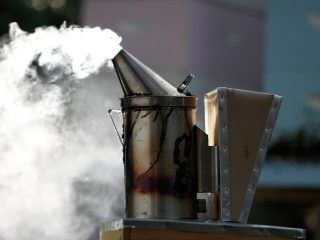
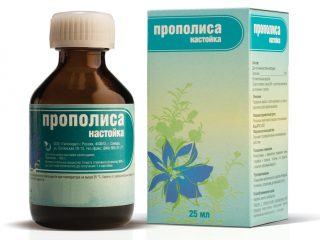
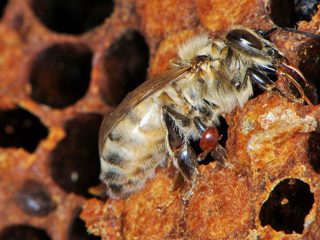
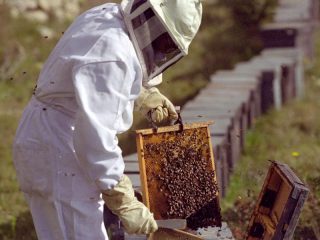
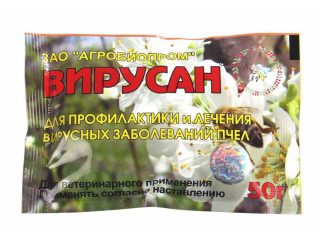
Hello, can you please tell me what kind of utensils are suitable for preparing invert syrup in a stainless pan?
Good afternoon, Kurban!
Considering that the ingredients contain acids, it is best to cook inverted syrup exclusively in enamel containers. Unfortunately, the quality of stainless steel cookware in recent years has not been encouraging. Can:
• ruin the dishes
• kill bees (oxidation still occurs in such pans, despite all the assurances of the manufacturers).
There is no need to risk the health of the bees.